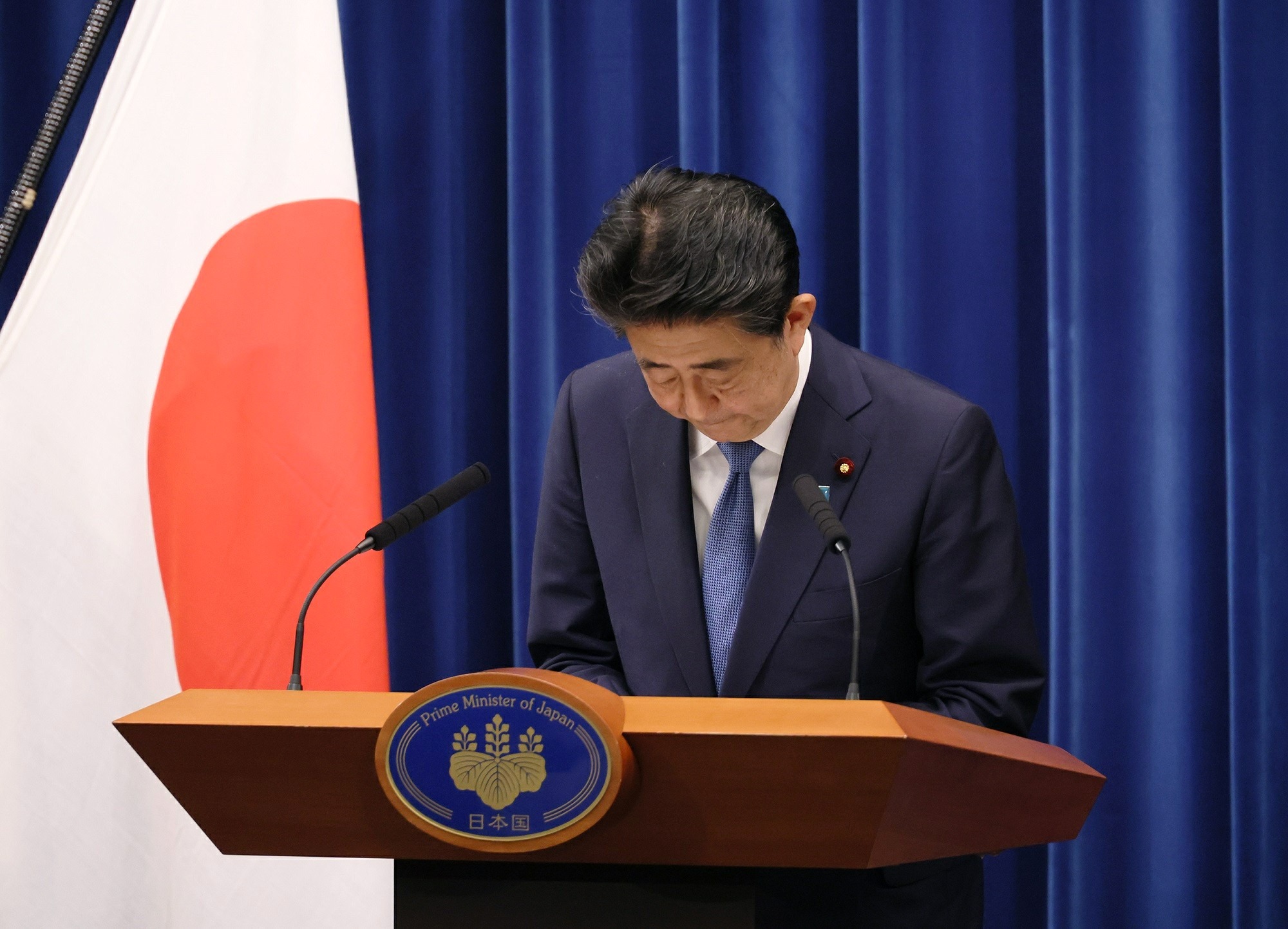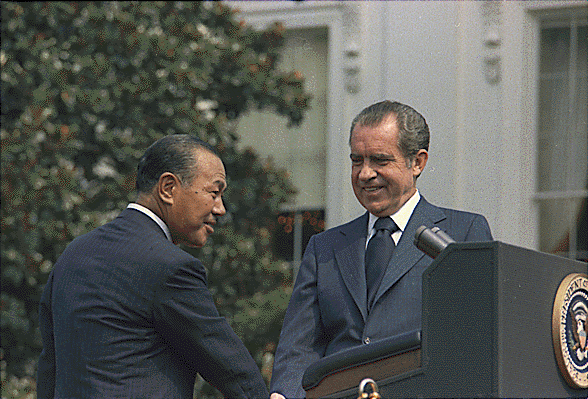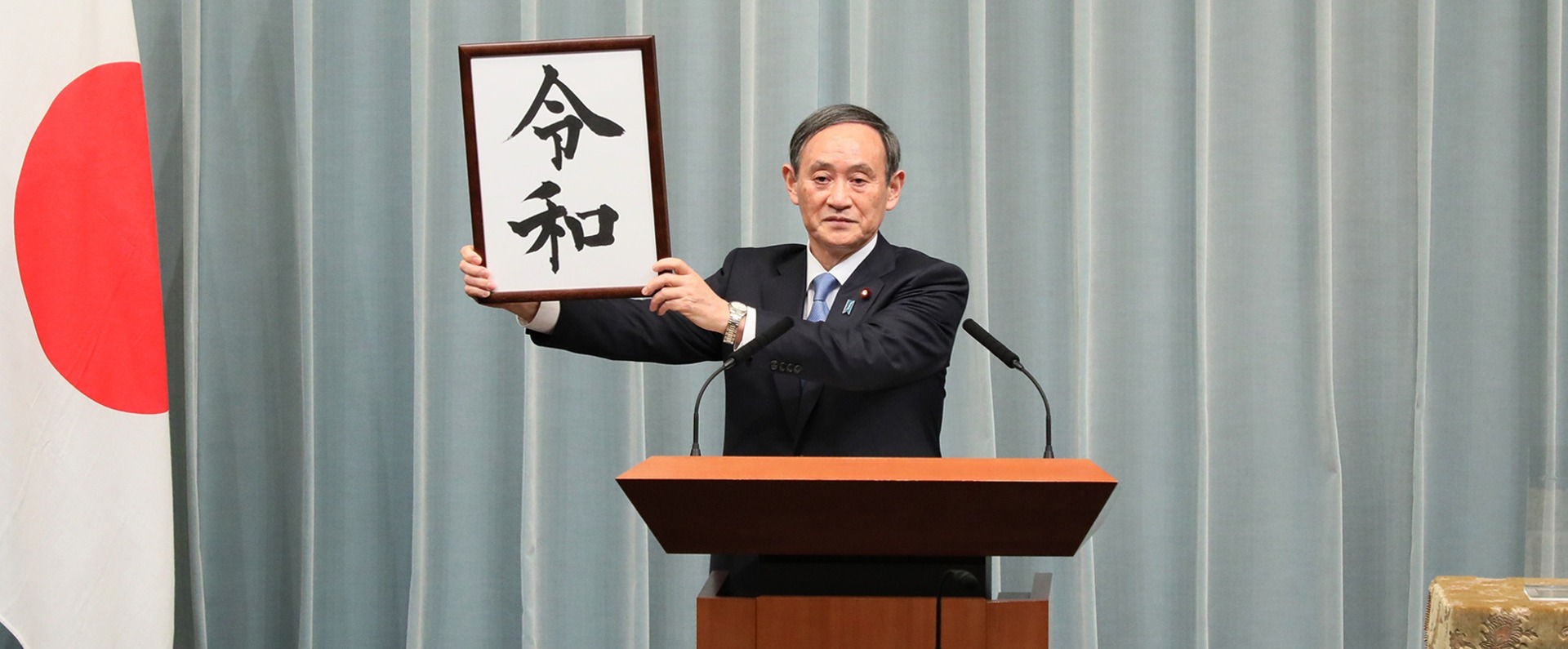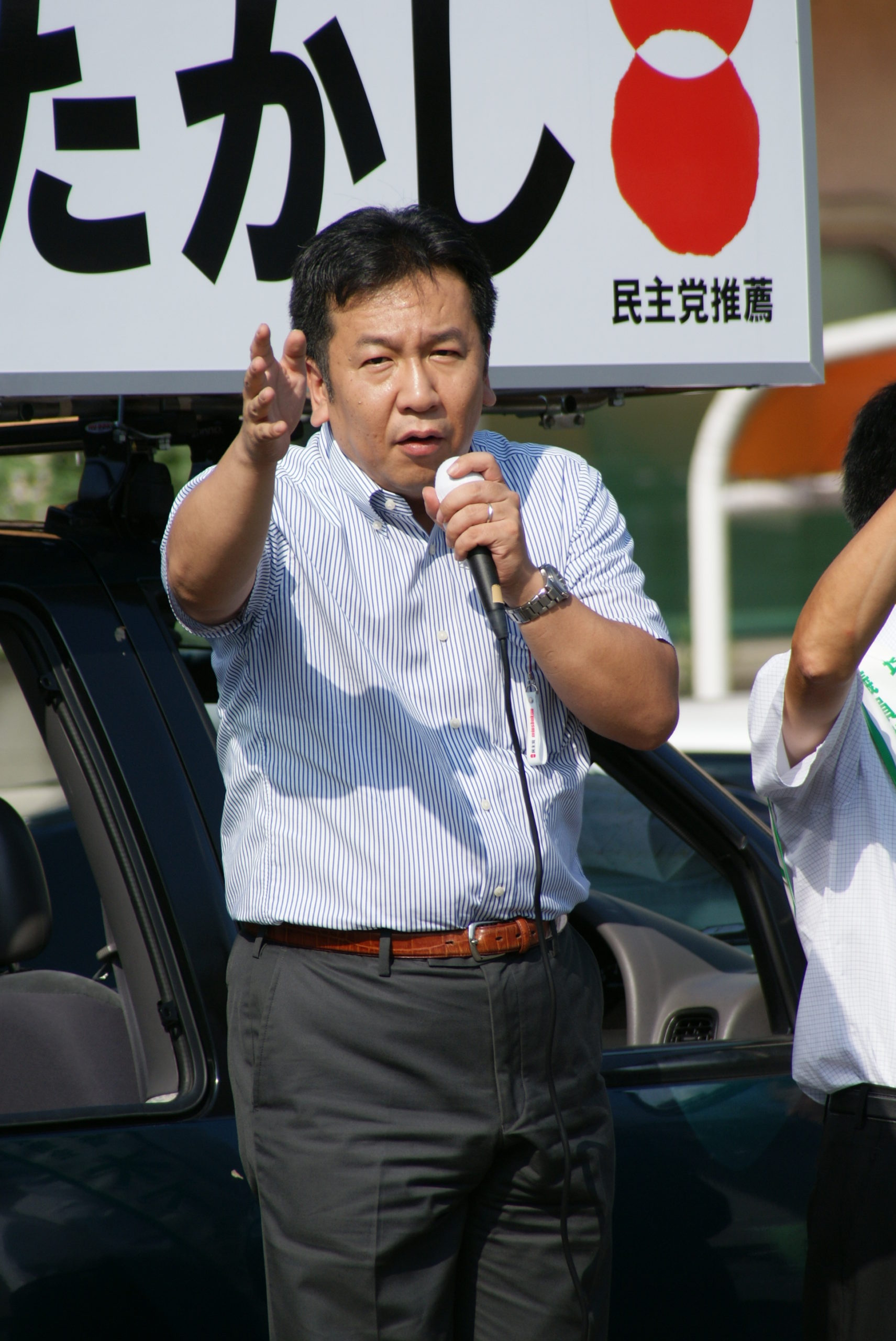Japan’s New Era
By Gerard Krasnopolski
15/9/2020

Former Japanese Prime Minister Shinzo Abe bowing as he resigns in August 2020 (Picture Credit: Prime Minister of Japan Official)
In 1957, Kishi Nobosuke became Japan’s prime minister. Nobosuke was a figure of mythical depravity: a Class-A war criminal released by the United States after three years of post-war imprisonment because he was politically useful. Remembered as “The Devil of Showa” (昭和の妖怪) for his brutality in the colony of Manchuria, he was selected as the ideal candidate to lead post-war Japan in a direction amenable to the US, which involved making it a vital economic and military buffer to the Soviet Union in the Pacific. One of the main achievements of his administration was passing the deeply unpopular Treaty of Mutual Cooperation, which granted the US “the use by land, air, and naval forces of facilities and areas in Japan”; the treaty was forced through the National Diet by using police barricades to bar the opposition from entering the chamber during the midnight voting session. A third of the country took to the streets in protest, but the treaty passed. The party he led, the Liberal Democratic Party (LDP), would rule Japan for the next four decades.
Shinzo Abe, who is stepping down as prime minister of Japan after leading the LDP for the past eight years, is Nobosuke’s grandson. Their party, the LDP, has for decades been Japan’s big-tent centre-right party, roughly equivalent to the German Christian Democratic Union and the pre-Brexit UK Conservatives. It is the party most closely associated with and least critical of Japan’s military alliance with the United States, while also accommodating revisionist nationalists and other far-right elements. From its founding in 1955, it was continually re-elected until 1993, helped by huge amounts of aid from the American government and pork-barrel corporate patronage, prompting some political scientists to call Japan a “one-and-a-half party” state during this period. Its main opponent is a shifting center-left movement currently led by the Constitutional Democratic Party (CDP), which merged with the Democratic Party for the People (DPP) yesterday. The CDP itself was only formed in 2017 when some of its members split from the Democratic Party. The DPP was formed from the remnants of the Democratic Party after its remaining members merged with a group called The Party of Hope in 2018. By contrast, the LDP is a stable presence with a clear agenda and identity. The only other constant source of opposition to the LDP’s pro-American developmentalist capitalism has been the Japanese Communist Party. Though larger than communist groups in other comparable countries, it only has 12 seats in the House of Representatives, and has never had enough support to trouble the LDP by itself.
Japan’s post-war “economic miracle” was made possible in large part because the LDP’s dominance created a stable political climate in which core industries could engage in long-term planning. By 1993, however, the successive weight of corruption allegations made against the LDP – including the $4.7-million bribe from Lockheed accepted by Prime Minister Kakuei Tanaka – took its toll, leading to its first electoral defeat.

Kakuei Tanaka and Richard Nixon in 1973
Even then, however, the LDP remained the largest party by number of representatives – a status it eventually lost in 2009 to the Democratic Party. But the Democratic Party that took power failed to reverse the Japanese economy’s decline and badly mishandled the 2011 Fukushima meltdown. This allowed Abe to lead the LDP back into power the following year. Upon becoming prime minister, his goals were threefold: to jump-start Japan out of its economic malaise, to strengthen it as a regional military power by increasing military spending and revising the pacifist Article 9 of the constitution, and to rebuild the trust of Japanese voters in the scandal-ridden LDP.
His trademark three-pronged approach to economic revival dubbed “Abenomics” (quantitative easing, boosted government spending, and institutional reform) was construed as a major success abroad, with foreign investors aggressively purchasing Japanese stocks even as local demand was less forthcoming. It also turned him from a relative political unknown into a household name both at home and abroad, leading to further electoral victories in 2014 and 2017. His profile was compounded by a heavy schedule of international travel – he became the first foreign leader to meet Donald Trump after his victory in 2016, strengthening Japan’s alliance with the United States. Abe’s successor in the LDP – 71-year-old Yoshihide Suga – has promised to keep the ship of state on the same course with regard to both domestic and foreign policy. “Abenomics” will continue. Abroad, Japan’s attempt to thread the needle between its largest, increasingly antagonistic trading partners – America and China – will resume, though it remains to be seen whether Suga, who has much less international experience than Abe, will be able to manage this.

Yoshihide Suga announcing Japan’s new imperial era in 2019 (Picture Credit: 首相官邸ホームページ)
Furthermore, Suga’s promise to continue Abe’s legacy into the future will not resonate well with a substantial proportion of Japanese voters. Certainly, Abe’s government lacked the blatant gangsterism of his grandfather’s, but comparisons between the two are not unwarranted, or even discouraged. During his tenure as prime minister, Abe remained openly affiliated with Nippon Kaigi (日本会議) – an ultra-right, historically revisionist organization with considerable influence among LDP members. Abe’s concessions to the extreme right of the LDP have been an ongoing source of friction between Japan and its neighbors, especially South Korea. Other unpopular moves included Abe’s amendment of Japan’s Constitution in 2015, allowing the Japanese Self-Defence Force to come to the aid of an ally under attack. This received considerable backlash from most of the Japanese population, with some people even self-immolating in protest. Abe was also heavily criticized for using public funds to host cherry blossom viewings for his supporters – especially since this smacked of the corruption scandals that plagued the LDP in the past.
All this came ahead of several months of declining support for the LDP’s handling of the coronavirus in the first half of 2020. Abe’s premiership depended on the perception that the LDP, despite a lingering aura of corruption and cronyism, would at least be able to handle a crisis. His coronavirus containment strategies, however, ranged from rhadamanthine to downright incompetent. The hardline stance he took with the Diamond Princess backfired and possibly increased infection rates early on. At the same time, his insistence on using public funds to buy ineffectual washable masks was widely ridiculed in the press and across social media. Abe’s handling of the coronavirus dragged down his reputation; a poll taken just before he resigned showed his administration’s approval rating at 34%.
Abe’s premiership depended on the perception that the LDP, despite a lingering aura of corruption and cronyism, would at least be able to handle a crisis.
The question is, then, whether the circumstances of Abe’s departure will taint what seemed until recently to be a robust political legacy, compared by Morgan Stanley strategist Jonathan Garner to those of Ronald Reagan and Margaret Thatcher. In an attempt to capitalize on the LDP’s recent shortcomings, Yukio Edano, leader of the new CDP, is trying to portray himself as a visionary alternative to Suga’s plodding continuation of policies from the 2010s. Edano claims the Japanese are currently still “prisoners of the success of the Showa era,” and lambasts the LDP for allowing the expansion of a Japanese precariat dependent on irregular employment, arguing that Japan must “break away from the excessive self-responsibility theory of the past and move to a society of mutual support.” All this comes alongside promises to stimulate greater capital flow throughout Japan, and to ensure that profits gained by large exporting Japanese firms help nourish domestic demand instead of being hoarded by those companies.

Yukio Edano (Picture Credit: DAJF)
At the time of writing, though, voters do not seem convinced. A recent Mainichi poll suggests only 24% of voters believe the merger between the CDP and the DPP will create a more effective opposition. 65% are apathetic; 10% think their odds are actually weakened by joining forces. Though COVID-19 has tarnished Abe’s already chequered legacy, the opposition parties are still too weak to present a serious threat to the LDP’s hegemony for now.
Yet after Suga serves out the rest of the LDP’s term, which expires at the end of next year, the party’s prospects become more uncertain. Japan’s demographic destiny is such that projected productivity gains will only partially offset the precipitous shrinkage of its labor force; to compensate, the next government will have to increase taxes or reduce services. Increasing geopolitical tensions between China and the US will also have a significant impact on the Japanese economy, which is acutely dependent upon trade with both powers. The LDP will be especially hard-pressed to navigate these tensions when Japan’s national debt is already 234% of GDP, the highest such ratio in the world. For the moment, the LDP seems to have weathered the storm of 2020. But the inflexibility of its response to the pandemic does not bode well for a country heading for an especially troubled decade.
After Suga serves out the rest of the LDP’s term, which expires at the end of next year, the party’s prospects become more uncertain.
In a recent article in the New York Times, Michael Cucek, Associate Professor of East Asian Politics at Temple University, described Shinzo Abe using a metaphor first applied to India’s first Prime Minister, Jawaharlal Nehru: “a great Banyan tree under which nothing grows.” As Japan nears what looks to be its most challenging decade since the end of the Second World War, a leader and a party still in the shadow of Abe will not be enough. From either within the LDP or beyond, a new vision of Japan will be needed; the tree is already withering.
